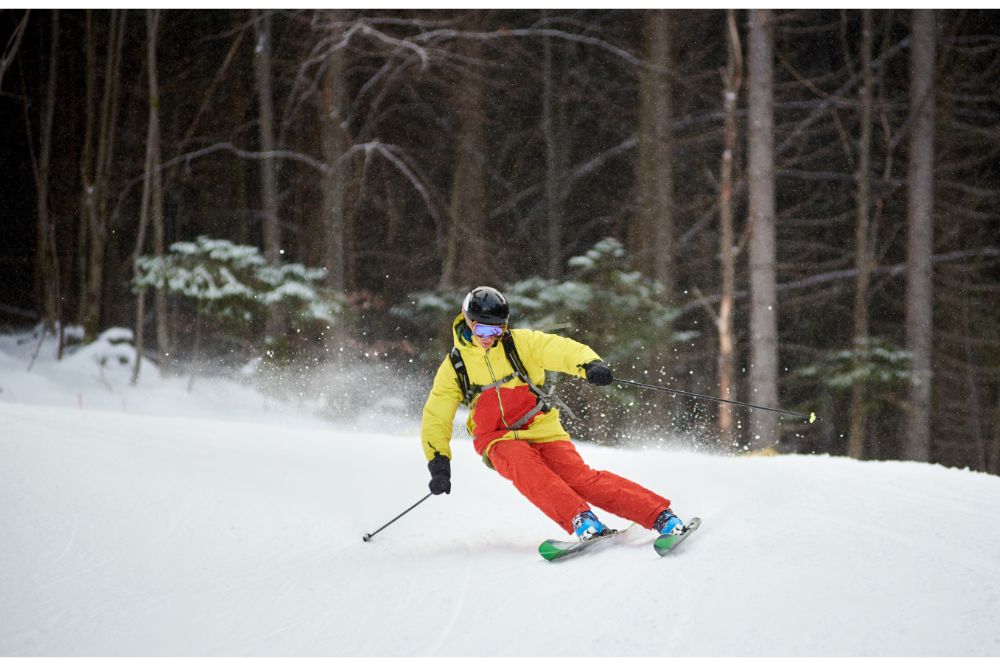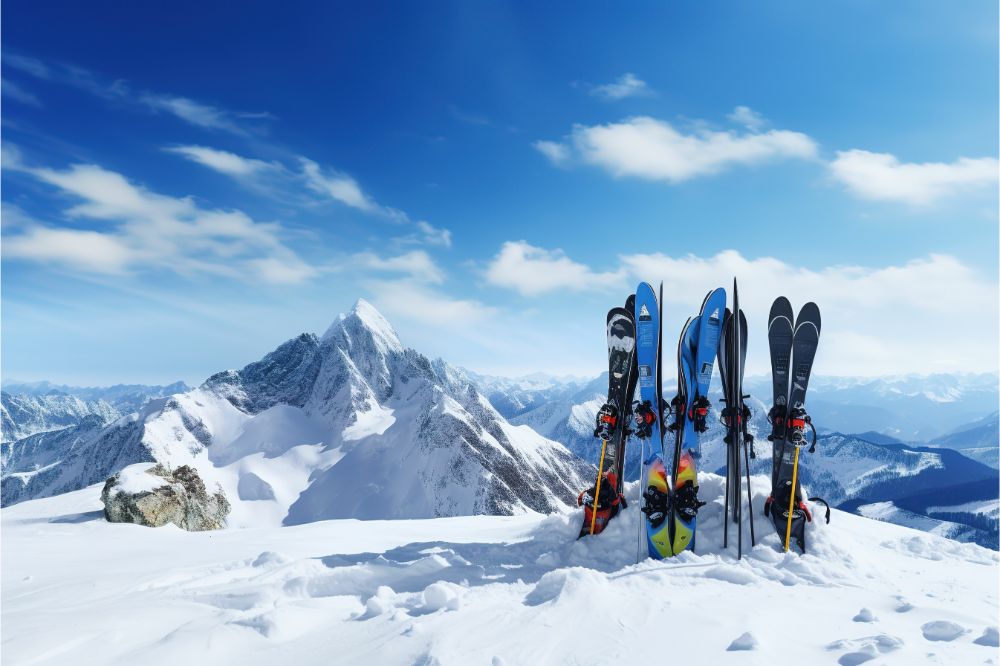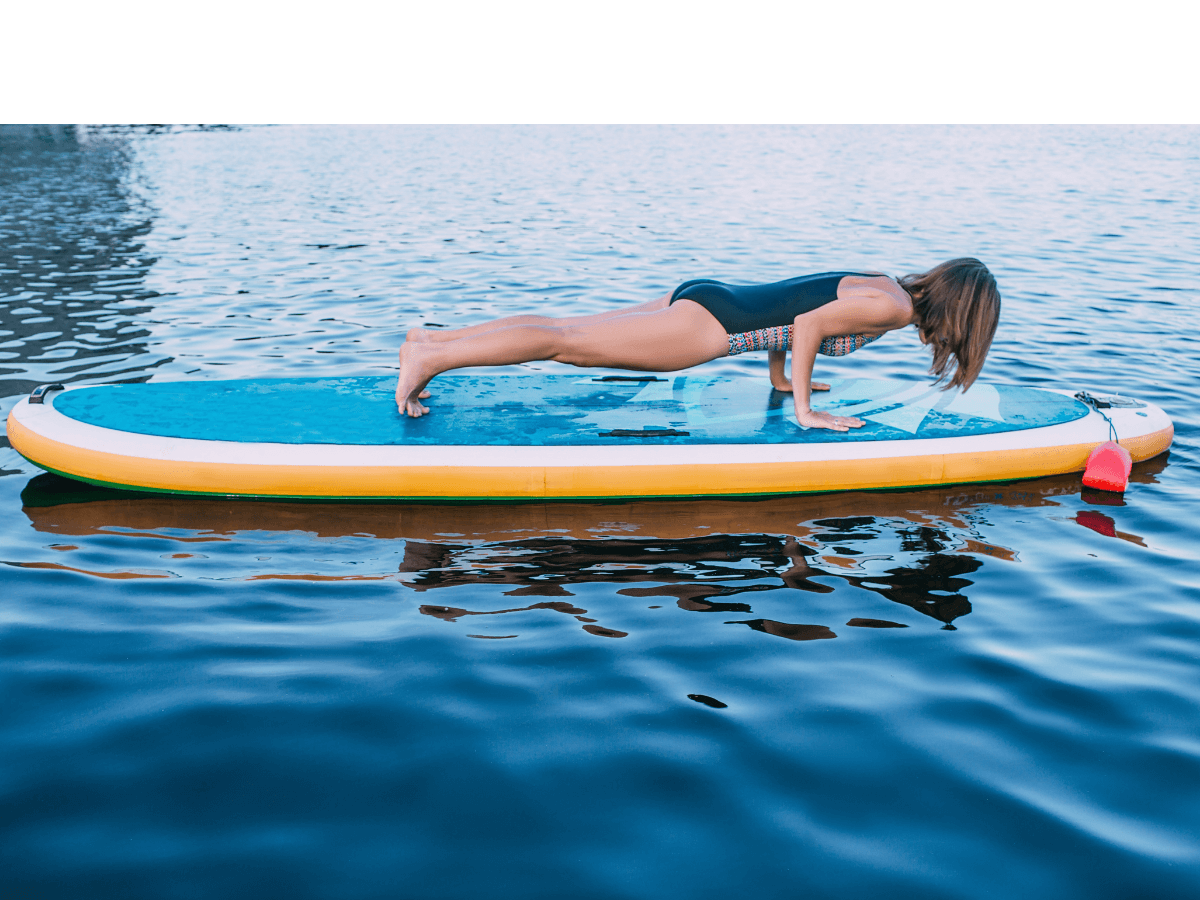Skiing involves a wide array of techniques and gear that influence your performance and overall experience. The size and width of your skis play a significant role in your ability to make turns, navigate slopes, and maintain control.

In this discussion, we’ll dive into the debate surrounding whether wider skis make turning more difficult and shorter skis simplify the process. We’ll explore these claims and delve into the physics behind how ski width and length affect your ability to maneuver on the snow.
The Basics of Ski Width and Length
When it comes to skiing, two fundamental factors greatly impact your performance: the width and length of your skis. Width refers to how wide the ski is at the tip, under the binding, and at the tail, while length refers to how long the ski is from tip to tail. Many people wonder how these dimensions affect their ability to turn and control their skis. There are plenty of narratives floating around, some based on personal experiences and many rooted in myths. These debates often revolve around wider ski stability and their ability to facilitate better flotation in deep snow.
Dispelling Common Myths About Ski Width and Length
Let’s tackle a few common myths about ski width and length, shall we? Some say wider skis are harder to maneuver, while others believe shorter skis are easier for sharp turns.
Actually there are the following factors which mainly decide how a ski behaves:
Skill Level: Your skiing proficiency significantly influences how a ski behaves. Skilled skiers can navigate and control their skis more effectively, even when dealing with wider or longer skis. Their ability to adapt to different ski characteristics, such as width and length, allows them to make turns with relative ease.
Turning Radius: The turning radius of a ski, determined by the difference in width from the tip to underfoot and from underfoot to tail, plays a critical role in the ski’s turn characteristics. A smaller turning radius results in shorter and quicker turns, making it easier to maneuver through tight spaces or carve down the slopes. Conversely, a larger turning radius corresponds to wider, more sweeping turns.
Stiffness: Ski stiffness has a profound impact on how a ski behaves. A stiffer ski leads to faster turns but can be more challenging to control, especially for less experienced skiers. It demands precise technique and responsiveness and can feel less forgiving in certain conditions.
Length: The length of your skis influences how they handle turns. Longer skis possess more moment of inertia, which essentially means they have more resistance to turning. This resistance becomes particularly noticeable in skidded turns, where the skier has to overcome the ski’s moment of inertia to initiate the turn. Longer skis also have longer edges, which generate more resistance in skidded turns. Consequently, longer skis are generally somewhat harder to turn than shorter ones, particularly on groomed slopes.
Width: Ski width significantly impacts the ability to tilt the ski on its edges. Wider skis are harder to tilt, which, on groomed slopes with hard-packed snow, can make turning more challenging. However, in powder or deep snow, the additional surface area of wider skis provides better flotation, making it easier to turn when floating on the snow’s surface instead of plowing through it.
Edge Angle: The angle of ski edges is another essential factor affecting turn aggressiveness. Ski edges are typically ground at different angles for various ski types. Edges with a smaller angle make the ski turn more aggressively, but they also require more advanced skiing technique and control. If you prefer easier turning, it’s important to ensure that the edge angle falls within the 89–90° range.
Break Edges: Although not a direct edge angle, the blunting of edges in the shovel and tail areas is crucial for control. This step prevents the edges from cutting into the ski’s base too quickly at these exposed points, ensuring smoother and more controlled turns.
Size and Weight: Your size and weight also affect how a ski behaves. Larger and heavier individuals have an advantage when it comes to exerting force on the ski to initiate a turn. This ability to bend the ski and make turns by tilting it on its edges, known as carving, is more accessible to those with greater size and weight. As a result, larger individuals can handle longer and stiffer skis with more ease.

Understanding How Skis Turn
Skiing on slopes involves two primary turning techniques:
Carving Turns
Carving is a precise and graceful technique where you ride a turn on the edges of your skis by subtly tilting them. When you shift your weight toward one ski’s edge, the ski naturally responds by bending slightly in the direction of the edge you’re leaning into. This flexing action causes the ski to engage with the snow surface, maintaining contact through the wider tip and tail areas while lifting the narrower middle part off the snow. As a result, the ski starts to follow a curved path, creating a carving turn. Carving turns are ideal for those who prefer a more controlled and smooth descent down the mountain, allowing for accurate control and efficient energy transfer.
However, be aware that when you take some carving turns, you build up much more speed on the skis, especially when you use longer skis.
Skidded Turns
In contrast, skidded turns are a bit more dynamic and require a different approach. During a skidded turn, your skis stay mostly flat on the snow surface as you transition from one direction to another. Rather than relying on the ski’s edges to initiate the turn, you use a combination of sliding and pushing the ski through the turn. Skidded turns involve more sliding than carving, which can feel somewhat like drifting with a car. As you steer the skis through the turn, you employ the edges primarily to stop sliding and generate an impulse to change direction for starting the next turn. Skidded turns are versatile and useful for navigating tighter spaces, making quick adjustments, and controlling your speed.
In both carving and skidded turns, the choice of longer and wider skis can present certain challenges, especially when skiing on groomed slopes. These larger skis may require more effort and skill to execute precise and efficient turns. However, the dynamics of turning are also influenced by other factors, such as ski design, your technical skills, and the specific slope conditions. Advanced skiers often find that they can adapt their technique to make wider skis perform exceptionally well, especially in variable snow conditions.
Summary
In conclusion, whether you prefer carving or skidded turns, the choice of ski width and length plays a critical role in your skiing experience, influencing your ability to make turns with precision and control. Be aware that there is no way that you do not have to apply the skidded turn technique from time to time, even when your focus is on carving.
Longer skis excel in long, fast carved turns but require more speed due to their larger radius. In contrast, long and wide skis demand a bit more effort in skidded turns.
Shorter skis are easier to initiate carving with and are generally more manageable in skidded turns. However, they become harder to control at high speeds and have limitations when skiing straight at high velocities.
To achieve easy turns, prioritize skis with moderate stiffness and avoid extreme edge angles. Those factors are at least as important as length and width of the skis.
See STEEP SESSIONS – Skidded Turns (Warren Smith Ski Academy) – YouTube
Advantages of Longer and Wider Skis
Wider skis are often seen as somewhat more challenging to turn. As previously explained, their larger size necessitates greater strength and effort, particularly when making swift, sharp turns on groomed or hard slopes. However, this challenge predominantly affects novice skiers who may still be mastering control and find the weight of larger skis cumbersome.
Conversely, wider skis offer improved stability and flotation, making them well-suited for off-piste and powder skiing. The additional surface area allows them to glide on top of soft, deep snow, making turning more manageable. Therefore, while beginners may find wider skis harder to handle on groomed trails, they actually enhance turning ease in deep snow conditions.
It’s important to note that the difficulty of turning wider skis is also influenced by other factors, including the overall design of the ski, the technical skills of the skier, and the slope conditions. Experienced skiers may not perceive wider skis as harder to turn but rather appreciate their performance, especially in varying snow conditions.
Summary
In conclusion, the perceived difficulty of turning wider skis is somewhat subjective and largely dependent on the skier’s skill level and the specific conditions of the skiing terrain.
On groomed slopes under normal conditions, shorter and narrower skis are easier to turn. In powder, wider skis are easier to maneuver, provided the length suits your height. For high-speed straight skiing, opt for longer skis with a larger radius.
The Perceived Difficulty of Turning Wider Skis
Wider skis are often seen as somewhat harder to turn, especially for beginners. This is due to their size, which requires more strength and effort to maneuver, particularly for sharp turns on groomed and hard slopes. However, advanced skiers may not find wider skis difficult to turn, appreciating their performance in variable snow conditions.
In conclusion, the perceived difficulty of turning wider skis is subjective and depends on the skier’s skill level and skiing terrain conditions.
Final Thoughts
While wider skis offer superior stability and flotation in deep snow, they may indeed be slightly more challenging to turn due to their larger surface area. Shorter skis, on the other hand, tend to be more maneuverable, making turns easier on groomed and hard-packed snow. The choice between longer or wider skis ultimately depends on your individual skiing style and the conditions on the slopes.
To achieve easy turns, prioritize skis with moderate stiffness and avoid extreme edge angles. Those factors are at least as important as length and width of the skis.
Me personally, as a highly experienced skier, I prefer to ride longer and wider all-mountain skis in almost every condition. This preference arises from the fact that they are less stiff and have a smaller radius than piste skis, allowing for smooth, soft turns without the need for constant exertion. Moreover, these versatile skis perform exceptionally well even in powder, making them an excellent choice for a wide range of skiing experiences.






